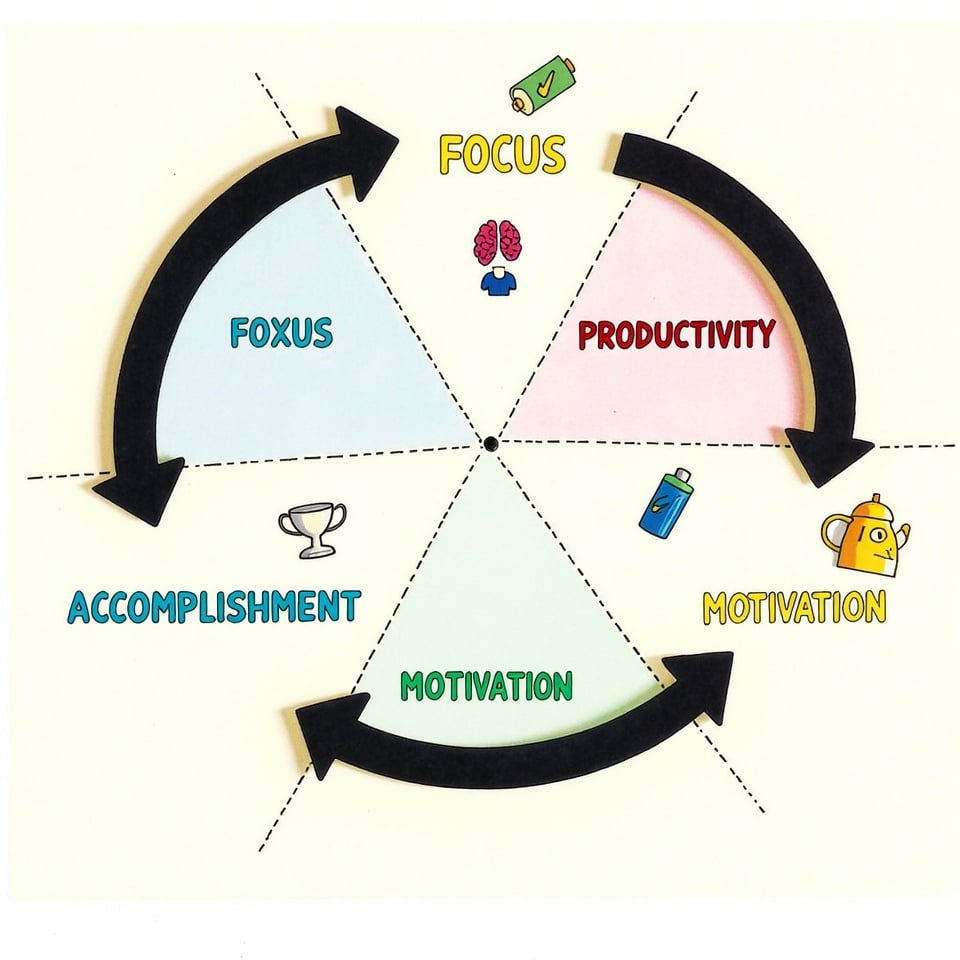Imagine you’re on a mission to explain a complex topic to a friend who’s never heard of it before. You’d want to break it down in a way that’s clear, concise, and easy to understand, right? That’s exactly what expository writing is all about.
Expository writing is a type of writing that aims to explain, describe, or inform readers about a specific topic. It’s like being a guide, helping readers navigate through new ideas, concepts, or information.
In this article, we’ll dive into the world of expository writing, exploring its definition, purpose, and how it’s used in everyday life.
Table of Contents
What is expository writing?
Expository writing is a type of writing that helps readers understand a topic or idea. It’s like writing a letter to a friend explaining something new you’ve learned. The main goal of expository writing is to inform, explain, or describe something in a clear and concise way.
Think of expository writing like a guidebook. Imagine you’re visiting a new city and you want to know more about its history, landmarks, and culture. A guidebook would provide you with all the information you need to know, written in a way that’s easy to understand. That’s what expository writing does – it provides readers with the information they need to know about a particular topic.
Expository writing can take many forms, such as essays, articles, textbooks, and even social media posts. It’s used in many different subjects, like science, history, and literature. Whenever you’re reading something that’s explaining or describing a topic, you’re reading expository writing.
For example, if you’re reading a book about animals, the author might use expository writing to explain what different animals eat, where they live, and how they behave. The author’s goal is to help you understand more about animals, and expository writing is the tool they use to do that.
How to make expository writing fun & engaging?
Just because expository writing is about explaining and informing, doesn’t mean it has to be boring! In fact, some of the most interesting and engaging writing is expository. So, how can you make expository writing fun and engaging?
One way is to use descriptive language. Instead of just listing facts, try to paint a picture with your words. For example, if you’re writing about a visit to the Grand Canyon, you could describe the way the sunlight hits the rocks, the sound of the wind rustling through the trees, and the feeling of being tiny compared to the vastness of the canyon.
Another way to make expository writing engaging is to tell a story. People love stories, and they can be a great way to make information more interesting and memorable. For instance, if you’re writing about a historical event, you could tell the story of someone who lived through it, or describe what it would have been like to be there.
Using examples and anecdotes can also make expository writing more fun and engaging. This helps readers relate to the information and makes it feel more real. For example, if you’re writing about a scientific concept, you could explain how it applies to everyday life, or describe an experiment that demonstrates the concept.
Finally, don’t be afraid to use your own voice and personality in your writing. Expository writing doesn’t have to be dry and formal – you can still be yourself and have fun with it! Use humor, ask questions, and make connections to your own life and experiences. This will help your readers stay engaged and interested in what you have to say.
Types of expository writing
Expository writing comes in many forms, and each type has its own special purpose.
Let’s explore some of the most common types of expository writing:
Descriptive Essay
A descriptive essay is like a picture in words. It describes a person, place, object, or experience in detail, using sensory language to help the reader imagine it.
For example, if you were writing a descriptive essay about a beach, you might describe the sound of the waves, the feel of the sand between your toes, and the smell of the salty air.
Comparative and Contrast
A comparative and contrast essay compares two or more things, highlighting their similarities and differences. This type of essay helps readers understand how things are alike and how they are different. For example, you might compare and contrast two different types of pets, like dogs and cats, or two different cities, like New York and Los Angeles.
Cause and Effect
A cause and effect essay explains why something happens and what happens as a result. It’s like solving a puzzle, figuring out the reasons behind a particular event or situation. For example, you might write about the causes of climate change and its effects on the environment.
Process Writing
Process writing explains how to do something, step by step. It’s like a recipe or a set of instructions, guiding the reader through a process or procedure. For example, you might write about how to make a cake, how to build a birdhouse, or how to conduct a science experiment.
Problem and Solution
A problem and solution essay identifies a problem and proposes a solution. It’s like being a detective, figuring out the problem and then coming up with a plan to solve it. For example, you might write about the problem of bullying in schools and propose a solution, such as a new program to prevent bullying.
Classification Essay
A classification essay groups things into categories, based on their characteristics or features. It’s like sorting laundry, separating things into different piles based on their type or color. For example, you might classify different types of music, such as rock, pop, and hip-hop, or different types of animals, such as mammals, birds, and reptiles.
Writing in expository style
Now that you know what expository writing is and the different types of expository writing, let’s talk about how to write in expository style.
Here are the steps to follow:
1. Choose a Topic
The first step in writing an expository essay is to choose a topic. This can be anything that interests you, from a hobby to a historical event to a scientific concept. Make sure it’s something you’re passionate about, and that you can explain clearly to your readers.
2. Write a Thesis Statement
A thesis statement is a sentence that summarizes the main point of your essay. It’s like a roadmap, guiding your readers through the rest of your writing. For example, if you’re writing about the benefits of recycling, your thesis statement might be: “Recycling is an important practice that helps conserve natural resources and reduce waste.”
3. Gather Data
Once you have your topic and thesis statement, it’s time to gather data. This means researching and collecting information about your topic. You can use books, articles, and online resources to find the information you need. Take notes and organize your data in a way that makes sense to you.
4. Create an Outline
An outline is like a blueprint for your essay. It helps you organize your thoughts and structure your writing. Divide your essay into introduction, body paragraphs, and conclusion. Make sure each paragraph has a clear topic sentence and supporting evidence.
5. Write Your Content
Now it’s time to start writing! Use your outline as a guide, and start filling in the details. Remember to use clear and concise language, and to explain complex concepts in a way that’s easy to understand. Use examples and anecdotes to make your writing more engaging.
6. Edit & Proofread
Finally, it’s time to edit and proofread your work. This means checking for spelling and grammar mistakes, as well as making sure your writing flows smoothly. Read your essay out loud to catch any awkward phrasing or unclear sentences. Ask a friend or teacher to review your work and give you feedback.
FAQs
What are expository writing examples?
Expository writing examples are types of writing that explain or describe something. They can be essays, articles, or even books that provide information about a topic. Some examples of expository writing include:
- A recipe that explains how to make a cake
- A science textbook that explains how plants grow
- A travel brochure that describes a city or country
- A biography that tells the story of a person’s life
What are the 5 steps of expository writing?
The 5 steps of expository writing are:
- Choose a topic: Pick something you want to write about.
- Write a thesis statement: Summarize the main point of your writing.
- Gather data: Research and collect information about your topic.
- Create an outline: Organize your thoughts and structure your writing.
- Write your content: Use your outline to write a clear and engaging essay.
What is the expository style of writing?
The expository style of writing is a type of writing that explains or describes something. It’s like teaching someone about a topic, and providing them with information and facts. Expository writing is clear, concise, and easy to understand. It’s not meant to persuade or entertain, but to inform and educate.
What is the purpose of expository writing?
The purpose of expository writing is to explain or describe something. It’s meant to provide information, answer questions, and help readers understand a topic. Expository writing can help readers learn new things, make informed decisions, and develop their own opinions and ideas. It’s an important type of writing that helps us communicate and share knowledge with each other.







